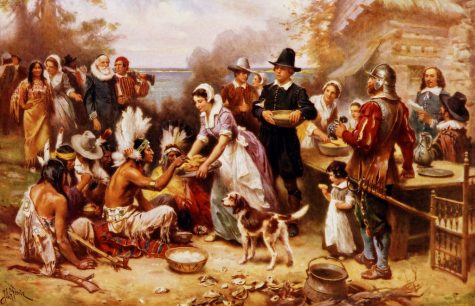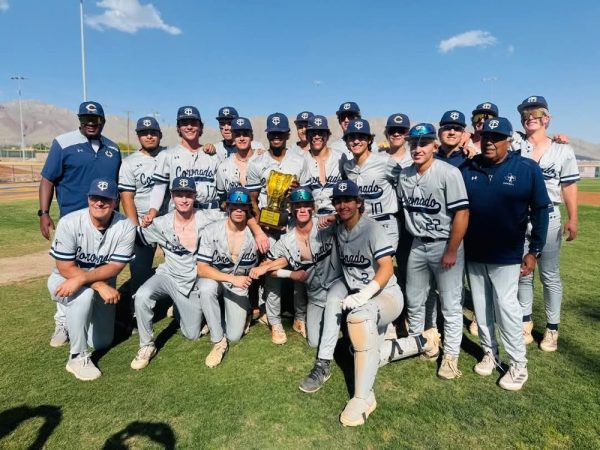Junior college athletics overlooked in recruiting
Dom Grissom, 2017 graduate, spent a year at Phoenix College before signing with Grand Canyon University, a Division I program.
College athletes are constantly in the media for their mesmerizing plays, incredible comebacks, or backbreaking upsets, but no one ever realizes what it takes to get in these positions, let alone the journey these athletes take. Most Division I athletes are recruited out of high school because of their skills or dominant season in high school, but lots of collegiate players will take the junior college route if they do not receive much attention out of high school.
Junior college is a beneficial tool that is often overlooked by athletes of all calibers. I believe the “juco” route can be an asset to any athlete willing to take the alternate route to the Division I spotlight. Junior colleges are defined as a “post-secondary educational institution,” meaning its basically a smaller college or university. Schools of this sort are usually much cheaper, and a student can only take classes for two years before moving on to a four-year institution.
I support the junior college route because it holds many benefits for the student athlete. Nonetheless, it is not for everyone. At a junior college, a student will save loads of money in tuition, meals, and housing. This is because the schools are often less expensive than a four-year college, and the programs are given more scholarships for less people. For example, a four-year institution like Vanderbilt or Texas Tech can give out 11.7 scholarships to its 35 people, and a junior college can give 24 scholarships to about 30 players. Another benefit is the playing time. With teams constantly cycling out every two years, it will not be common to sit behind a stud for a player’s entire career. The consistent playing time and reps can be paramount to skill development.
The reason athletes commonly overlook the junior college route is because they have the tunnel vision that the Division I spotlight is the only place to be successful. The junior college athletic path is a beneficial tool that is not taken advantage of by El Paso athletes. Our city’s sports are often overlooked due to the “lack of competition,” and junior college gives athletes a chance to prove to Division I coaches that their talent is more than just a fluke.

Ryan Fennell is a senior and the sports editor of The Explorer. He has been in newspaper for four years and an editor for three years. His favorite part...












